Introduction to Crane Loading Platforms
Crane loading platforms are essential in various industrial settings, designed to facilitate the efficient handling and transportation of goods. These platforms serve as a bridge between productivity and safety, ensuring that heavy loads can be moved with ease and precision.
Types of Crane Loading Platforms
Diverse in design, crane loading platforms cater to specific needs within industrial operations. The cantilever crane loading platform is a popular variant, offering extended reach capabilities. Scissor lift tables, another common type, utilize a crisscrossing base to elevate goods. Each type is tailored to different load capacities and operational environments.
Applications and Features
From warehouse management to vehicle maintenance, crane loading platforms are versatile. They are pivotal in environments like ports and retail centers, where the secure elevation of freight is a daily necessity. Features such as hydraulic lifts and extendable arms enhance their functionality, allowing for a wide range of applications.
Materials and Advantages
Constructed from durable materials, these platforms are built to withstand heavy loads and frequent use. The advantages of using a crane loading platform include improved workflow efficiency and reduced physical strain on workers, contributing to a safer workplace.
Choosing the Right Platform
Selecting the appropriate crane loading platform requires consideration of load capacity, platform size, and the specific industrial application. Whether it's a hydraulic crane loading platform for heavy-duty tasks or a smaller unit for motorcycle repairs, the right choice depends on the operational demands.
Integration with Other Equipment
Integrating crane loading platforms with complementary equipment, such as hydraulic lift trolleys, can further enhance operational efficiency. This synergy allows for seamless transition of goods across different stages of the handling process.
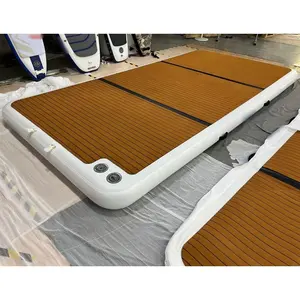
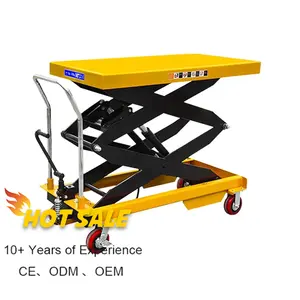



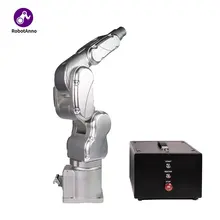

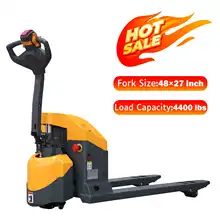

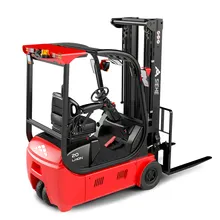



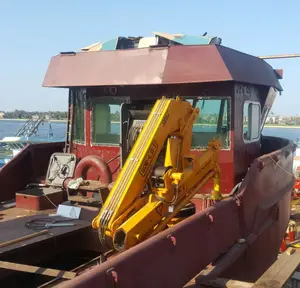


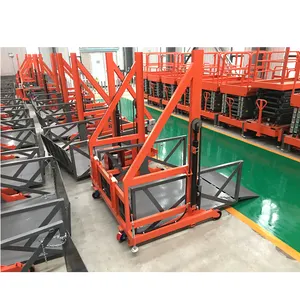
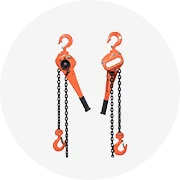
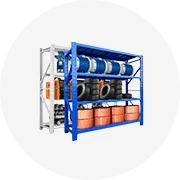
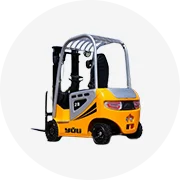








 浙公网安备 33010002000092号
浙公网安备 33010002000092号 浙B2-20120091-4
浙B2-20120091-4